Technique for planting black onions in open ground and care rules
Nigella - onion seeds, from which, depending on the planting period, a set or a full head is grown. Planting nigella onions and caring for them in the open field is a fairly simple process, but for many novice vegetable growers, seedlings turn out to be weak, develop for a long time or die altogether. To avoid such problems, you should take into account some agricultural rules when sowing seeds.
Soil preparation
Onions love loose and fertile soil. Due to the underdeveloped root system in heavy soil, it rots, the turnip grows small and is little stored. Planting onions with seeds requires a more thorough preparation of the site: the soil should be light, moist and nutritious. It is good if the predecessors were melons, legumes or nightshade crops, under which organic fertilizers were applied.
The optimum soil for germination of seeds of black onion is loamy or sandy loam. Dense clay will have to be diluted with sand and compost, otherwise the seedlings can not wait.
When preparing a ridge for onions in the fall, the following fertilizers can be applied to the soil (1 m2):
- 5 kg of humus or compost;
- 0.5 kg of wood ash;
- 20 g double superphosphate;
- 15 g of potassium chloride.
If the soil is initially mixed with peat, then nitrogen fertilizers are not needed onions. In this case, they will only contribute to the accumulation of nitrates and nitrites in the turnip. Fresh manure cannot be added under the onions. Overripe also should not be abused, otherwise the vegetative period will drag on.
Advice
If the soil has been liming, then onions can be sown only after 2 seasons.
After fertilizing, the soil is dug up and left for the winter. In the spring, thorough loosening is carried out to a depth of about 15-20 cm. It is important to break the lumps, saturate the soil with oxygen. You can add ammonium nitrate (20 g per 1 m 2).
Seed preparation and planting dates
You can sow black onions both in spring and autumn. In the second case, there is less risk of non-ripening of the heads until the end of the season. Autumn planting of onions is usually done at the end of November, when frosts become permanent. With spring sowing, the soil should warm up to at least 3-4 ° C (approximately April 20-25). In the southern regions, this period comes earlier, therefore, there they successfully grow black onions to a full-fledged turnip in one season. When choosing the planting time, it should be borne in mind that when the temperature drops to 3-4 ° C, the seedlings will die.
Nigella onion seeds remain viable for a maximum of 2 years, then their quality drops sharply. You can check in advance by soaking a small batch for 2 weeks. If during this time the bulk of the seeds hatched, then they are suitable for planting. Otherwise, fresh ones are needed.
Disinfection
For safety net and protection against various diseases, the seeds of black onion are prepared in advance in one of the following ways:
- stand for half an hour in a weak solution of potassium permanganate;
- soak the seeds in an infusion of ash (a tablespoon per 1 liter of water);
- dilute any complex fertilizer for onions or stimulants of immunity ("Epin", "Immunocytofit", "Zircon"), immerse the nigella for a day.
Such treatment will not only destroy the pathogens in the seeds, but also lay the foundations for the future strong immunity of the plant.
Germination stimulation
Black onions sprout slowly even under favorable conditions - the period is from 15 to 22 days. Therefore, for early germination after disinfection, the following methods are used.
- In a half-liter jar of warm water add a couple of drops of the drug-adaptogen "Epin", in the resulting solution immerse nigella seeds wrapped in gauze for about a day. Then the bundle is removed, squeezed and placed in a plastic bag, into which air is forced. After which it is tightly tied and left for 4-5 days. During this time, the seed of the black onion has time to hatch.
- The seeds wrapped in gauze are immersed in warm water for about 5 days (the water is changed daily). Then they are taken out and placed in a warm place, keeping the gauze moisture constant. After about 3 days, onion sprouts will appear.
- In a glass of strongly brewed hot tea (black), stir half a teaspoon of soda. Nigella seeds in a gauze bag are placed in the tea leaves for about an hour, then removed and transferred to a humate solution for a day. This method washes away essential oils that interfere with germination, prevents the emergence of seedlings, eliminates the risk of damaging them during planting.
After processing, the nigella dries slightly for 15–20 minutes.
Advice
To make it easier to maintain the distance between onion crops, the seeds can be pre-powdered with chalk or ash.
Soaking the seeds before planting onions in open ground is a must. This significantly reduces the time of emergence of seedlings. The soil does not have time to compact and crust over, the sprouts have the opportunity to quickly develop the root system. Preparing onions for planting at the seed stage greatly simplifies the subsequent care of it, reducing the risk of infection by fungi and viruses.
Before the autumn planting, nigella is disinfected in any of the ways, but not soaked in order to avoid early germination.
How to plant onions in open ground: basic methods
Immediately before planting nigella seeds, you need to loosen the soil well and level the ridge. Rows 2 cm deep (on sandy soils - 4 cm) are cut at a distance of 30-35 cm, spilled with water or a humate solution. Onion seeds are scattered about 1 cm apart. Such a gap is appropriate for good germination: subsequently, when thinning, the plants are less injured. After sowing, the soil is lightly compacted.
When planting onions in autumn with seeds, the technique is the same as in spring, but the garden must be well mulched.
Advice
Seedlings of black onions are straightened out of the "loop" for a long time - about 10 days, and then if conditions are favorable. You can speed up the process by covering the bed with a film.
The first thinning of the onion is carried out immediately after pecking, while the root system is in its infancy. The distance between the shoots at this stage should be 2 cm. If the black onion is grown for sets or greens, then it is no longer necessary to thin out. When the goal is to obtain a marketable head, after 20 days, the seedlings are thinned again, leaving 6 cm between them.
Planting seedlings
Onions planted with seeds in the open field are guaranteed to have time to ripen only in the southern regions. In other cases, we can only hope for a good summer and mild autumn. But if you spend some effort on growing seedlings of nigella onions, then the harvest will be no worse than with planting sevka.
Sowing of seeds is carried out at the end of February (20-25), then by the end of April the planting material will be ready. The preparation of nigella is carried out according to the same scheme as for sowing in open ground. For seedlings, you can use a commercial soil mixture for vegetables or take soil from a greenhouse. The optimum temperature for sprouting onions is 24 ° C, after sprouting it can be reduced to 18 ° C.
Growing onions from seeds for seedlings in a "snail" is gaining popularity among summer residents. The essence is as follows:
- acquire a substrate for a laminate or any other similar material;
- cut strips about 15 cm wide, which are rolled out on an oilcloth;
- about 1 cm of nutritious moist soil is poured on top, slightly crushed;
- the prepared seeds of black onion are laid out in the soil at a distance of 0.5-1 cm from each other, stepping back 1 cm from the upper edge (they can be pressed a little so that they do not fall out);
- the tape with earth and seeds is neatly rolled into a roll, secured with an elastic band or cord, placed in a plastic bag that acts as a greenhouse;
- after the sprouts of nigella appear, the film is removed, the roll is placed in a tray (for convenience of watering).
Thus, onion seedlings with a decent root system are obtained, which are minimally injured when transferred to open ground.
When the soil warms up (approximately in the middle or end of April), the black onion is planted on the beds prepared in the fall. It is easy to get it out of the "snail", and it is convenient to extract the seedlings from the containers with a special long spatula or carefully dump the soaked earthy ball and disassemble the sprouts.
Immediately before planting, the feather is cut off by a third, and the roots - up to 2 cm. The grown onions are planted in wet holes made at a distance of 5-6 cm, between rows - 30-35 cm. The soil is crushed and watered.
Advice
In order not to be disappointed in the harvest, it is not enough just to plant the onions correctly. It is also necessary to select a suitable variety. Market heads are obtained from early maturing, and sets from late ones.
Care
Caring for black onions is not much more troublesome than sevk. The main thing is constantly moist and loose soil in the first month of growth. You don't need to water too often, 2-3 times a week is enough. If the ground is dry, the onion will go dormant and stop development. Water the nigella until mid-July (the frequency depends on the weather), then the moisture stops.
Seedlings should be fed in the phase of the 2-3rd leaf. If the onions were planted with seedlings, then fertilization can be done after 10 days, that is, after the complete adaptation of the root system. It is best to use chicken manure diluted in water in a ratio of 1:30 as a top dressing. This solution is introduced into the grooves dug in the row spacing with a depth of 10 cm, then watering is performed. You can also use mullein diluted in water (1:10). If the soil is depleted and the onion feather grows inactively, turns pale, then 10-15 days after the first feeding, the second is carried out, using superphosphate and potassium salt.
You should not get carried away with fertilizing black onions, because then the growing season will drag on for a long time, the head will not have time to ripen.
Protection against diseases and pests
If the summer is rainy and cool, then there is a risk of developing fungus on the bulbs. For the purpose of prevention, it is recommended to carry out evening spraying and watering with a biological product "Fitosporin" every 10-14 days. Its action is based on the activity of hay bacillus, the colonies of which reliably protect young onions from fungal infections. Some use Bordeaux fluid, but this is a last resort when the infection is widespread.
When it comes to pests, the bow has three main enemies.
- Onion fly.
It departs in the first days of May. Eats out the rudiments of the heads, as a result of which onion feather turns yellow and twists at the ends.
The most popular way to protect the bow from flies - watering with salt water (standard package of salt for 10 liters of water). A couple of hours after salt treatment, the beds are spilled with clean water. You can also cultivate the soil under the infested onion with potassium permanganate (dark pink solution). As a preventive measure, immediately after planting and then every 2 weeks, the bed is sprinkled with a mixture of ash (1 glass), tobacco dust and black pepper (1 teaspoon each).
- Miner moth.
Takes white ornate moves in feathers.
Moth larvae on onions cannot be completely eliminated without insecticides containing pyrethrum. They are used if the infection has become widespread. If you find several onion feathers with whitish passages, it is recommended to break them off. However, you can simply find the dark spot (maggot) and remove it, leaving the feather in place.
- Caterpillar scoops. Trims the root of an onion feather.
The scoop is easy to find by loosening the soil around the affected onion bush. As a rule, a curled brown caterpillar is found there. Collecting and eliminating these pests by hand is the best control method.
Advice
Insecticides are usually broad-spectrum and kill various types of insects and their larvae. But it should be borne in mind that after using them, you cannot eat an onion feather, therefore, if possible, it is better to do with folk methods. This will keep the crop clean.
A sure sign of onion readiness for harvesting is considered to be its lodging - the feather turns yellow, withers, new greens are not formed. Nigella usually ripens in September. The onion heads are removed from the ground and dried well. If agricultural technology was followed, the crop will be well stored.
Growing onions from seeds is a rewarding activity only if the soil meets all the conditions. When sowing nigella in dense clay soil, regardless of which variety the seeds are taken, there will be problems with the germination and development of plants.
Black onions are a guarantee of high-quality planting material: purchased sets are often infected with onion flies or fungi. It is enough to master agricultural techniques once and select suitable varieties for sowing in order to get a good harvest of greens, seedlings and turnips annually.
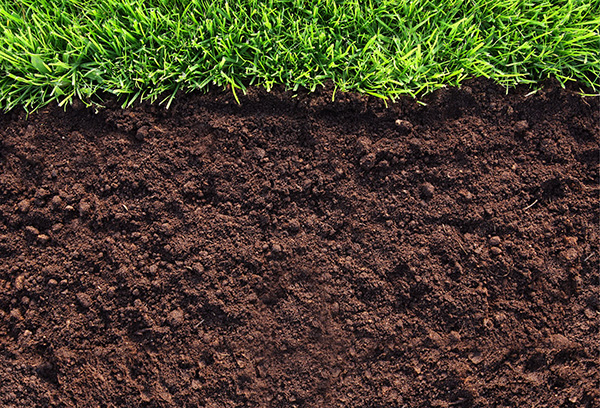
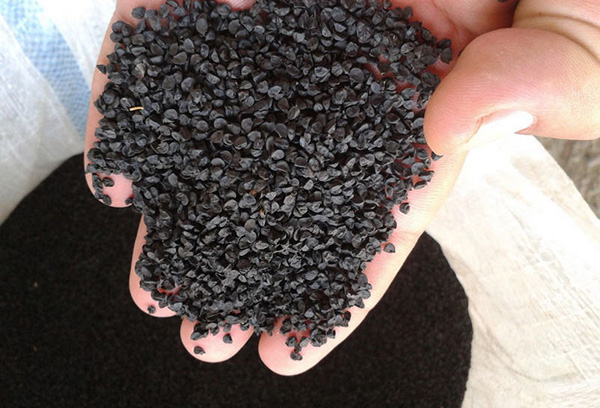
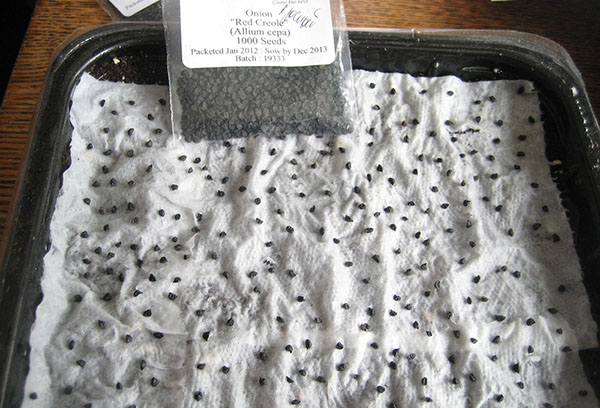
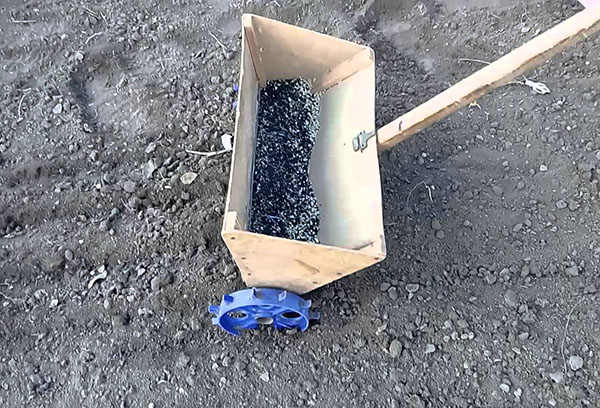

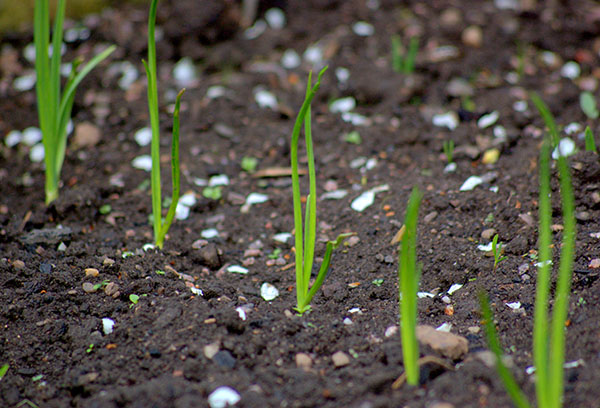

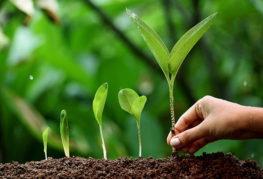
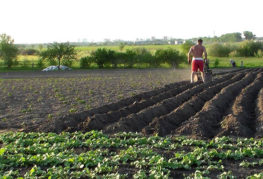
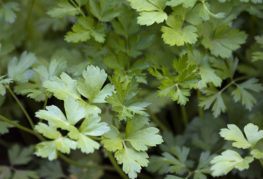

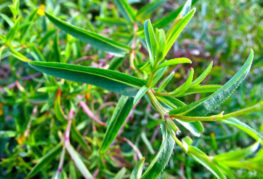
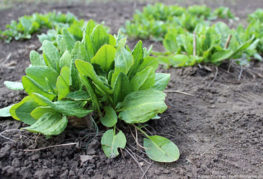
and will be published shortly.